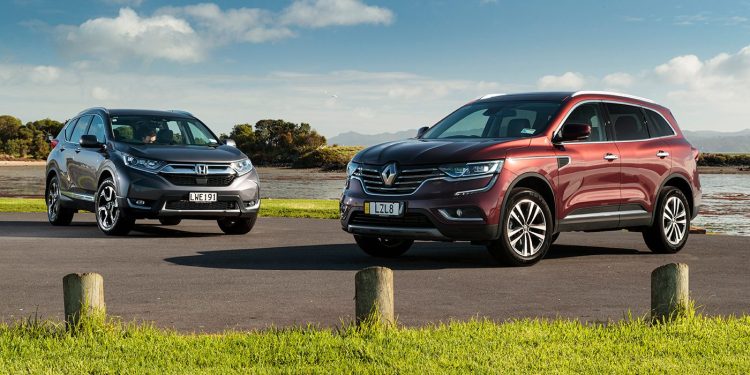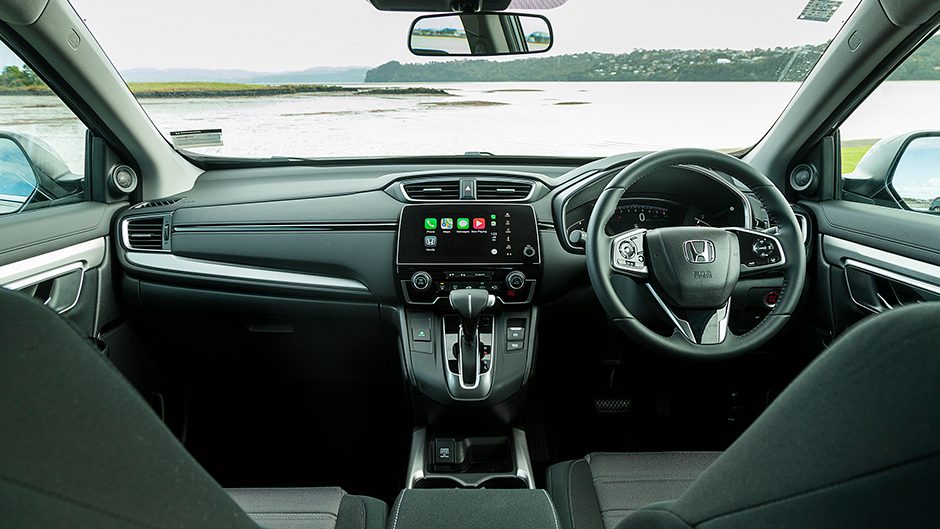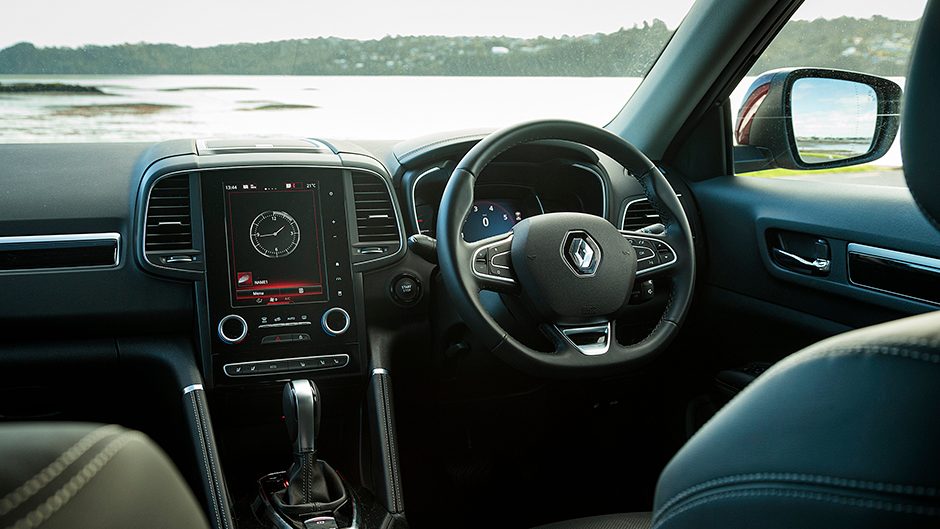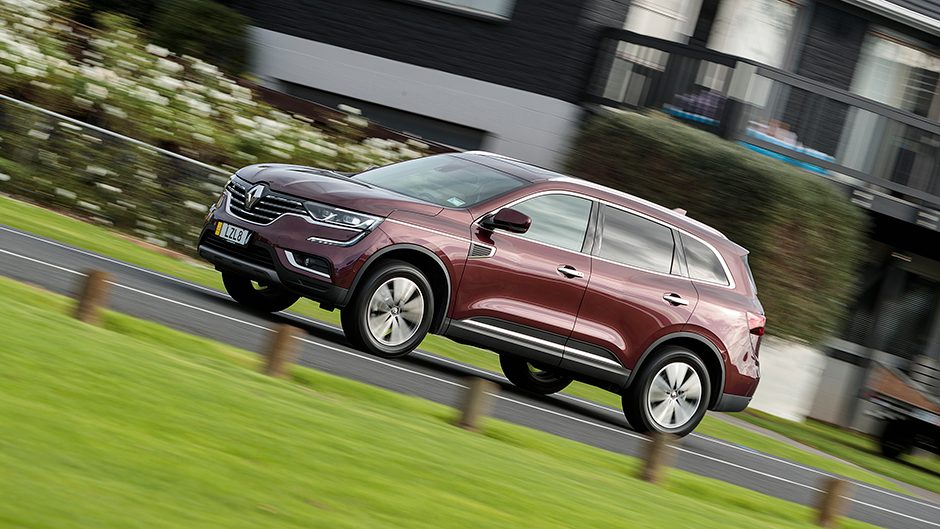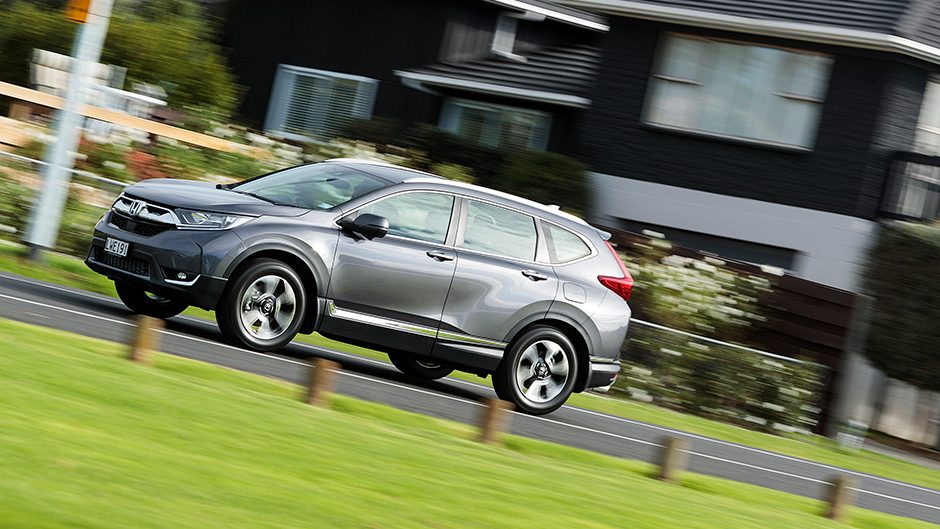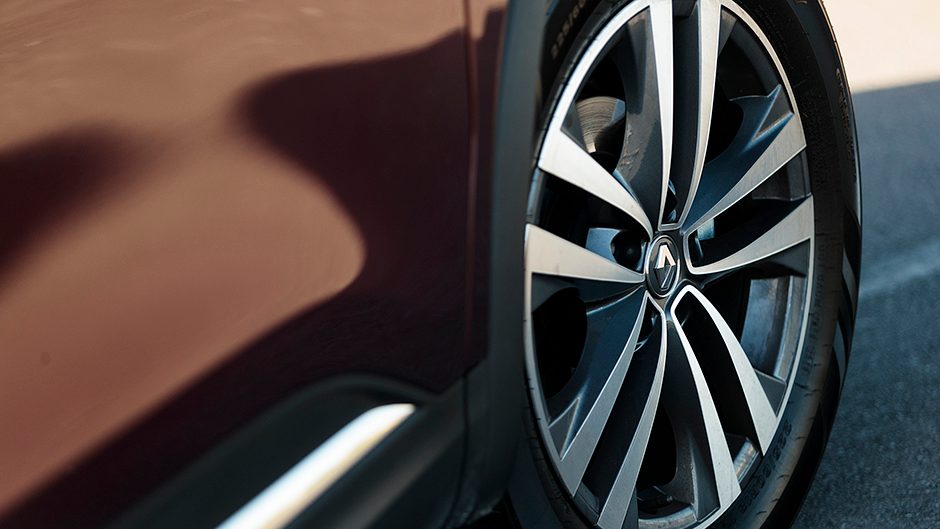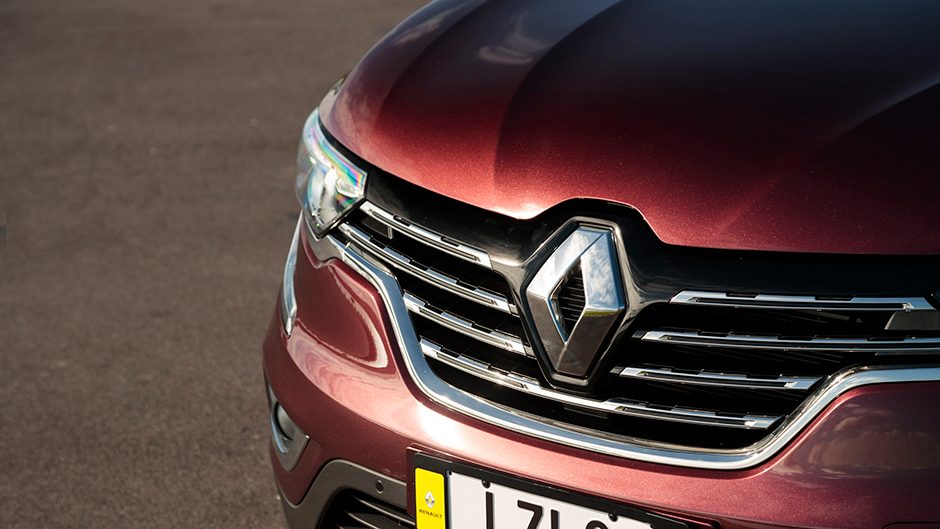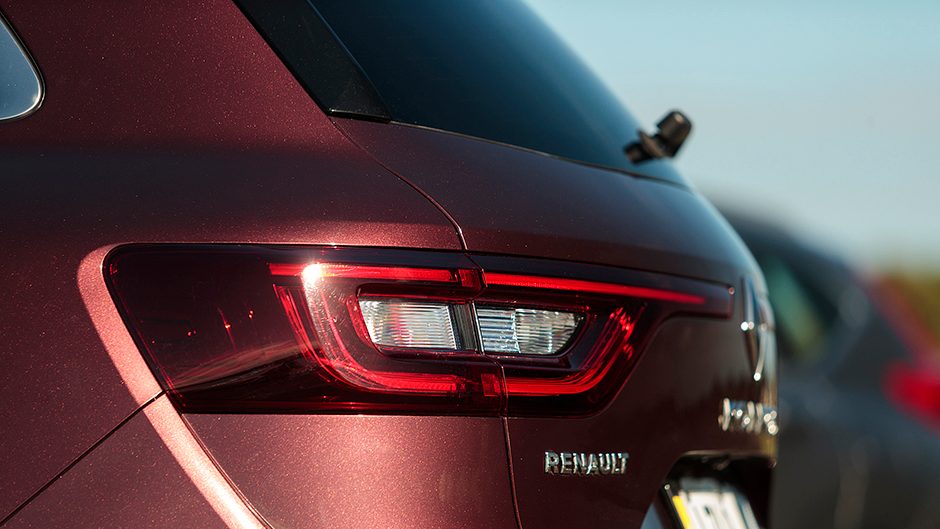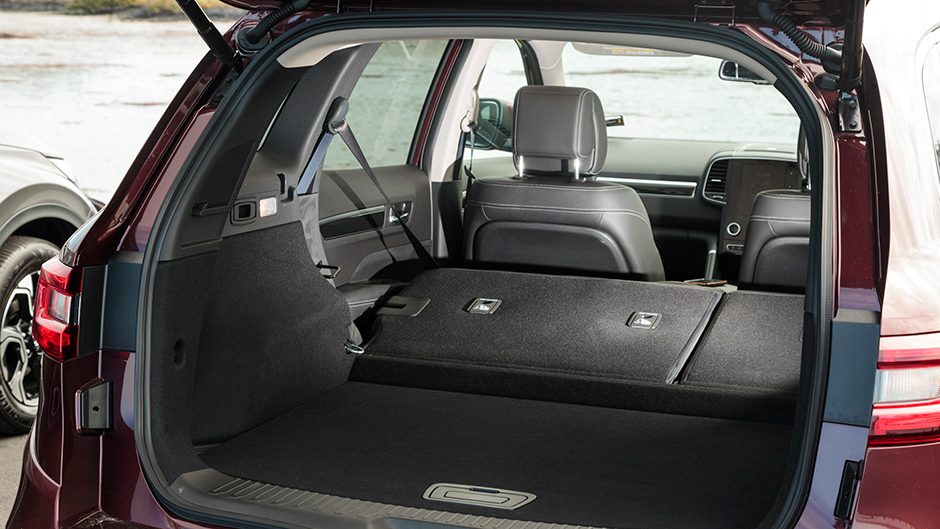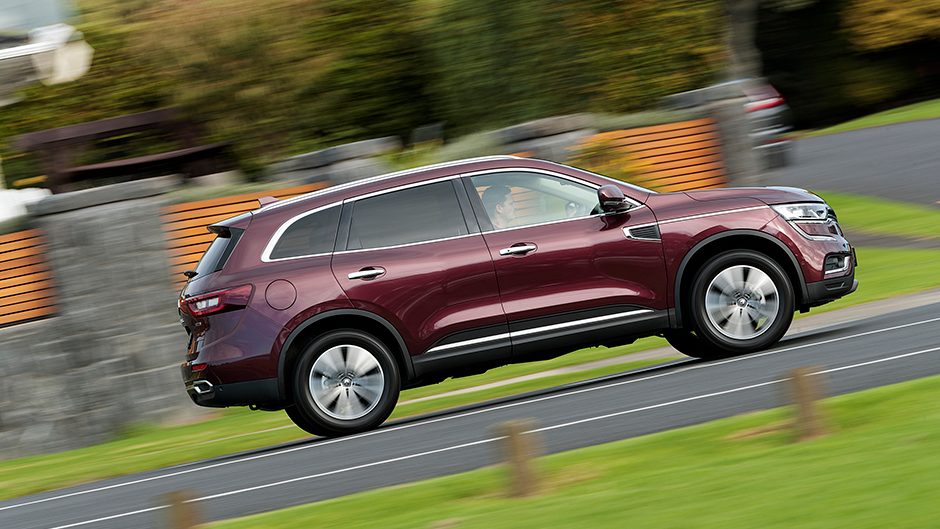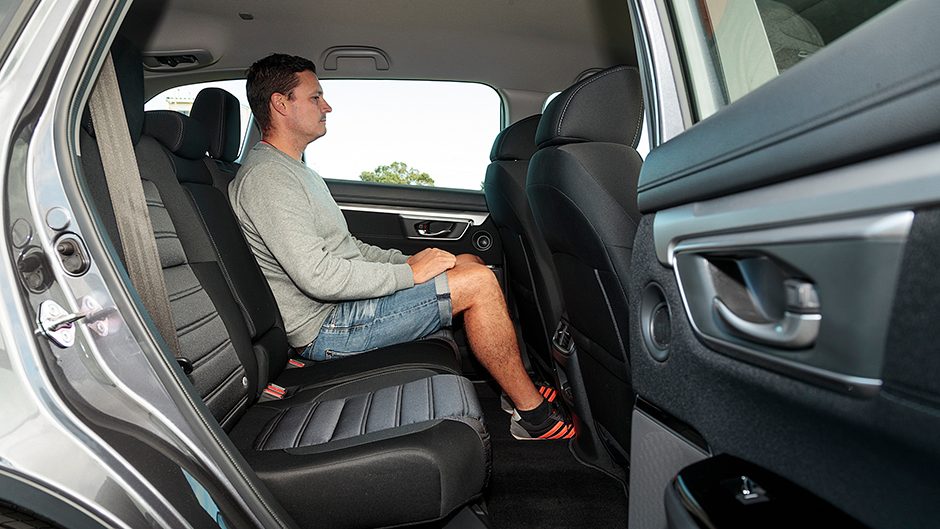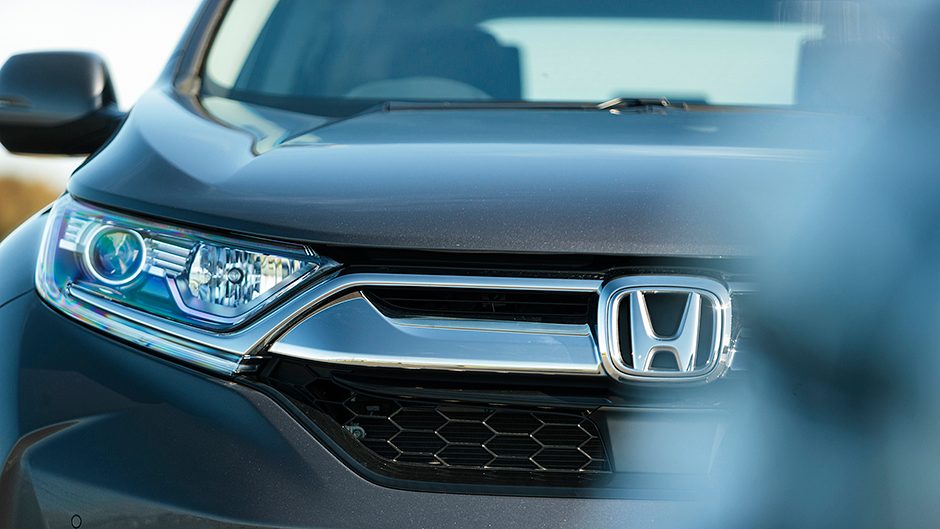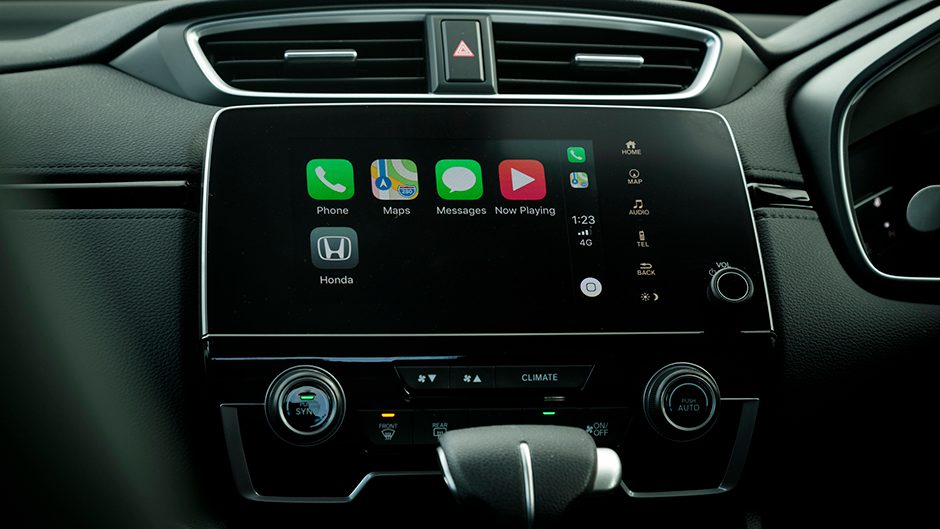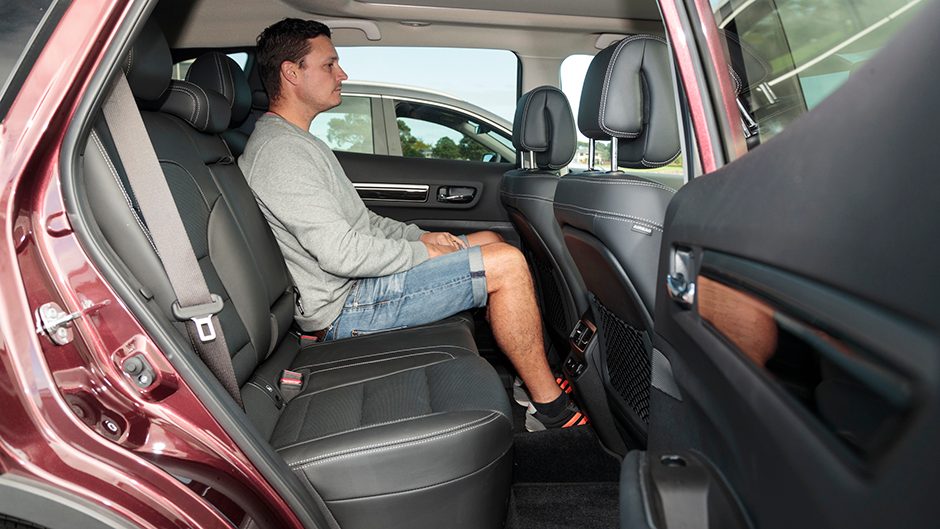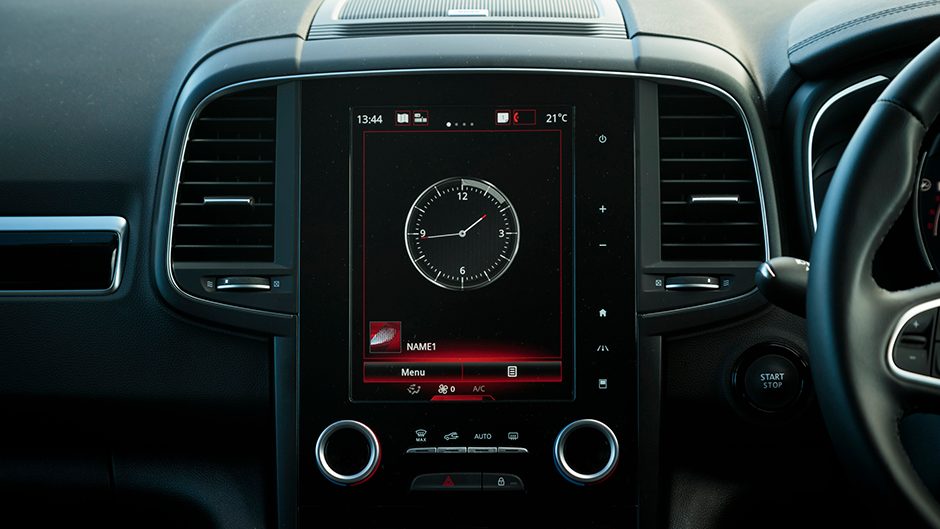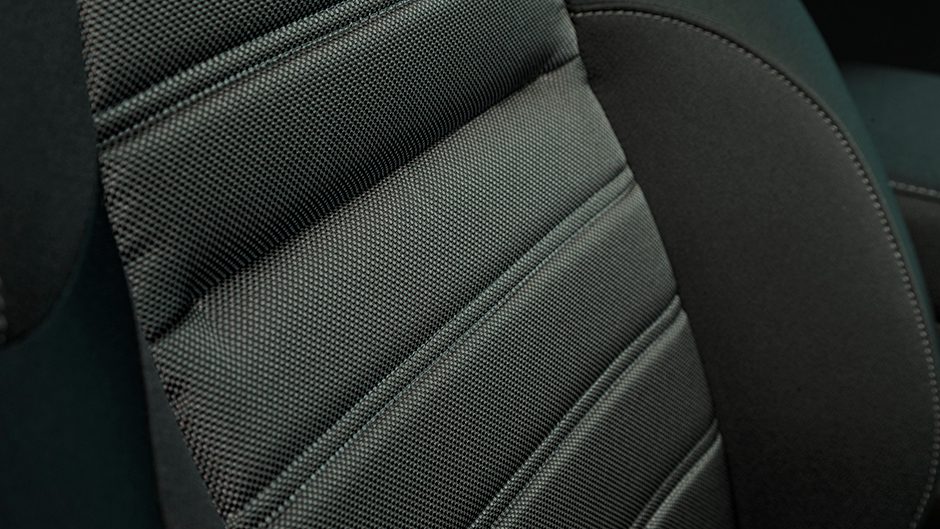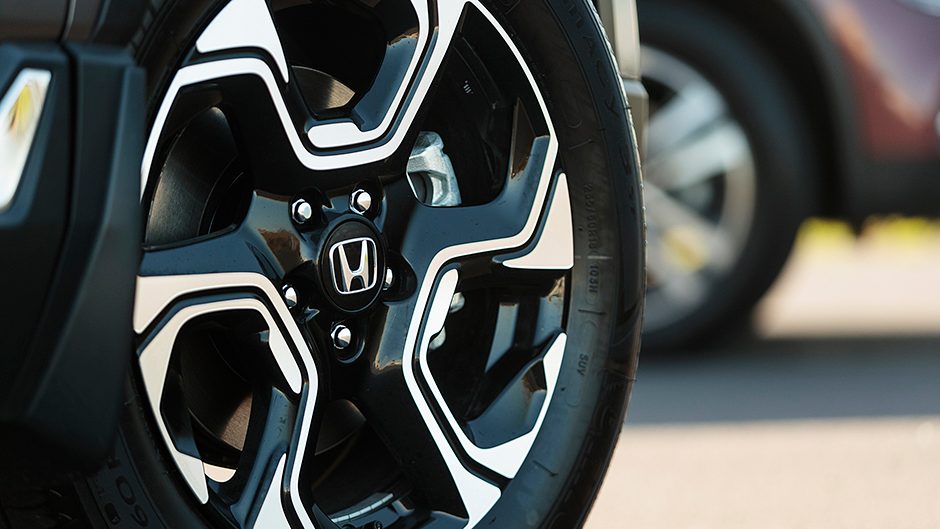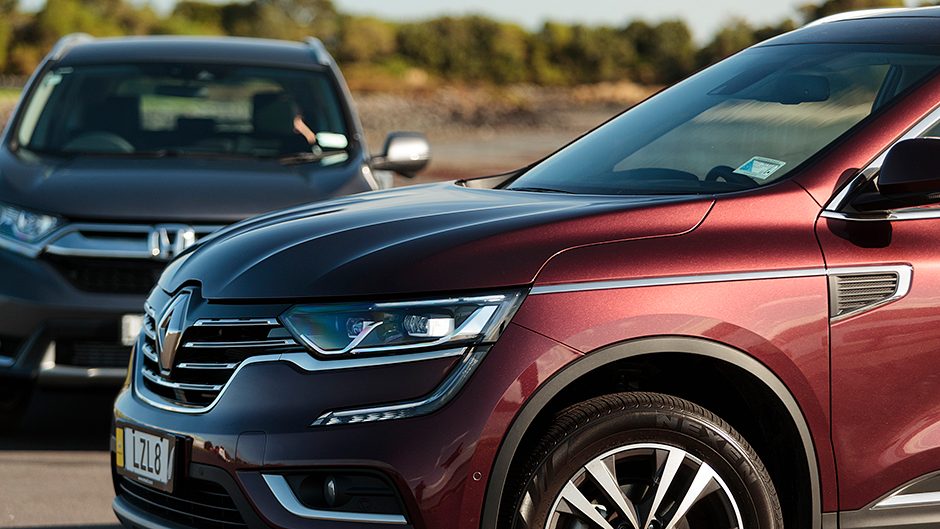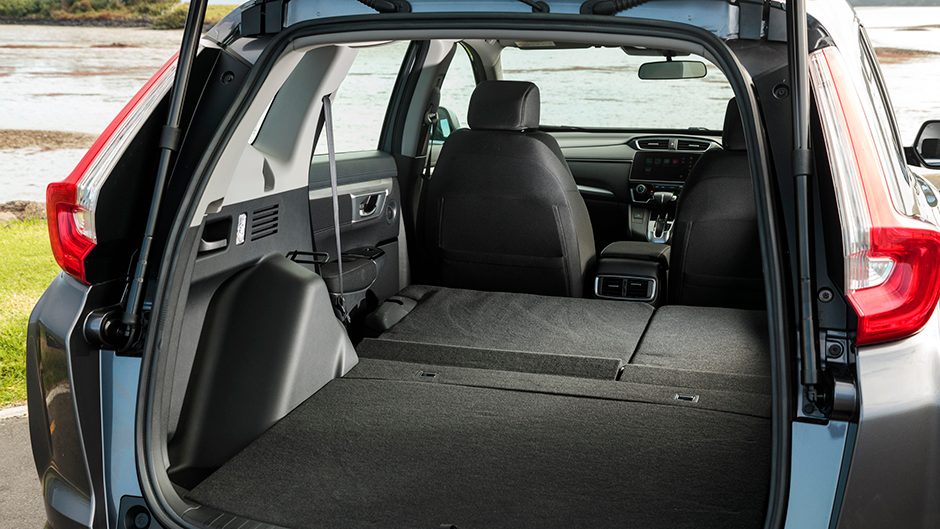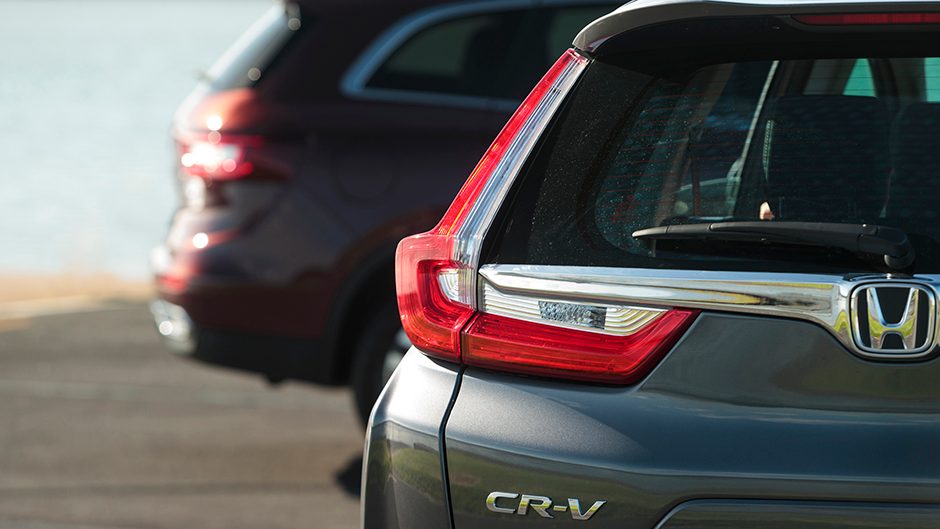2019 Honda CR-V AWD Sensing vs Renault Koleos Intens comparison
Words Kyle Cassidy | Photos Tom Gasnier
There’s no shortage of options when it comes to SUVs priced around the $50k mark. Here we look at a new CR-V offering and compare it with Renault’s best seller locally, the Koleos.
With the popularity of the SUV showing no signs of wavering, manufacturers just keep adding variants to their line-ups. The CR-V is one of the world’s best selling vehicles, Honda pumping out over 730,000 of them last year. While the factory could spit out NZ’s production well before morning tea (you can’t call it smoko, that’s too offensive to a millennial’s fragile state of being), the popularity of the genre has seen Honda NZ add yet more variants to the local line-up to ensure that they don’t miss an opportunity.
The additions include the new entry level S at $34K (read more on p84) and another seven-seater option priced at under $40k. Honda has also enhanced the specification of the AWD Sport, which is now called the AWD Sensing, reflecting the adoption of Honda’s active safety features.
Renault’s local range is fairly limited, save for the Koleos line-up, which again reflects the competition in this area. Koleos is a product of the Renault-Nissan Alliance, using the bones of the X-Trail, dressed in Renault finery. There’s a 2WD Zen, and the AWD Intens, with a localised Sport model conceived by adding some flash bits, including shiny 22s. Reflecting Koleos’s Euro roots, there’s a diesel offering, one of the few in this market space.
It’s the petrol Intens we have here, which at $50,990 is more expensive than the $42,990 asked for the Honda. A better match spec for spec is the $48,990 CR-V Sport Sensing, but the price you see is what you’ll pay at Honda with its Price Promise strategy now in its 19th year. This has everyone paying the same, no discounts given, whereas your local Renault dealer will have the pencil sharpener ready we suspect. And currently you’ll get a nice bonus of three years scheduled servicing included, whereas that’s a cost extra at Honda. But at $950 for a three-year/45,00km deal, it’s worth adding we reckon to keep that big five-year, unlimited kay warranty valid.
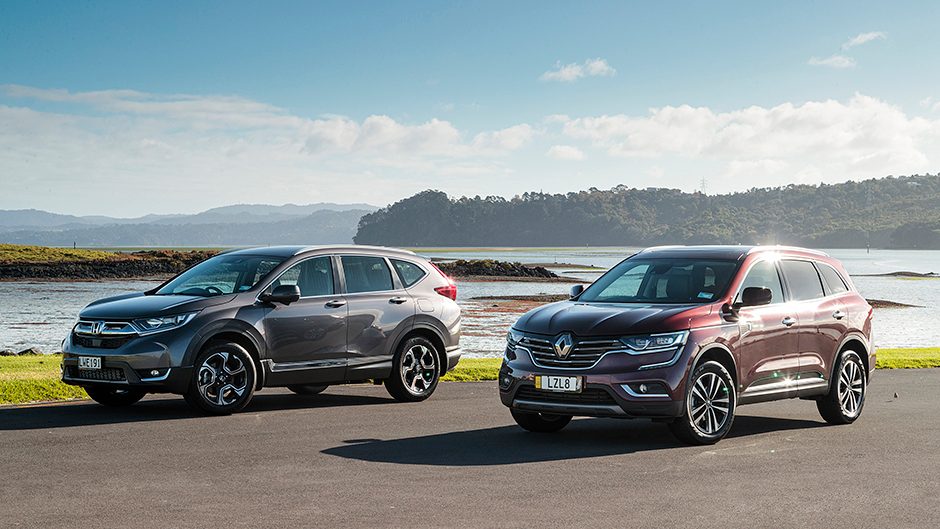
Making sense of it all
The added safety and convenience features for this CR-V include radar- and camera-based AEB while the active cruise function works right down to a smooth stop and can take care of the gap to the car in front in slow moving traffic. This is easy to set and control with the buttons placed logically on the wheel. Its only undoing is the inability to keep your speed in check heading downhill. The lane keeping does what it suggests, the CR-V centring itself in the lane and is even able to take a slight corner unaided at slower speeds.
There are no blind spot monitors, but Honda’s lane watch camera is on guard on the left side, relaying a wide angle view of what’s coming up the inside to the central screen. The Koleos has the benefit of AEB but not active cruise, though a facelift model, revealed in Europe recently, now features the latter, and other active systems. The current model only gets a lane departure warning so a win to the Honda on added safety bits but its infotainment system is in need of an update.
There’s the constant requirement to confirm a safety message upon start-up, the graphical design looks dated, the system responses are sluggish versus those of the Renault and the inbuilt nav is clunky. You’re better to hook your Smartphone up, and master the voice control function. It does however relay a good image from the reversing camera, and we are thankful the CR-V has both a physical volume knob for the radio and conventional buttons for the ventilation system.
We like the portrait orientation of the big infotainment screen in the Koleos which makes better use of the available screen inches, particularly in sat nav mode. You can customise the set-up of the screen too, change the look of the dials in the instrument panel and adjust the colour of the ambient lighting. The only aspect they need to sort is the orientation of the rear view camera image, which is still optimised for a horizontal screen, and the system lacks Smartphone pairing.
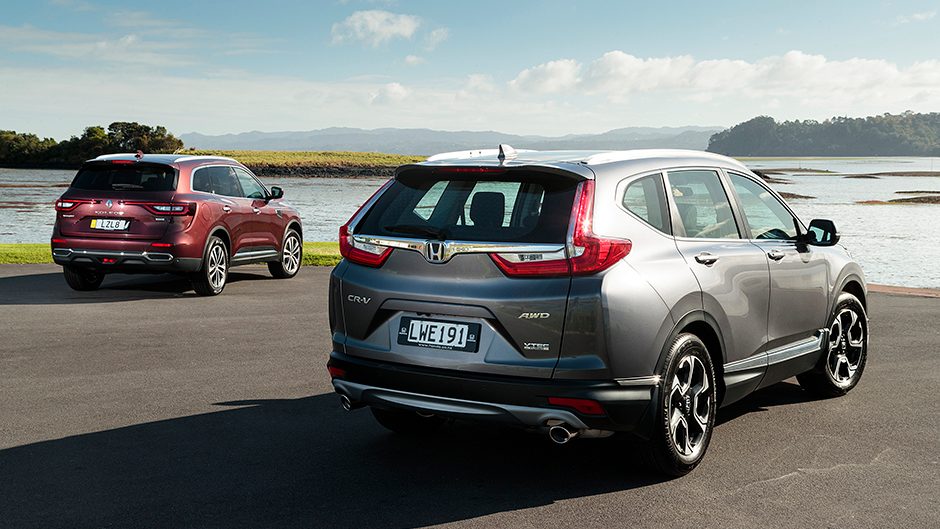
Space and beyond
The CR-V’s cabin is tardis-like. Up front it seems roomier than the Koleos thanks to its centre console designed with maximum storage in mind, the gear lever positioned up out of the way on the dash. The cup holders are well situated, and the centre bin is simply huge. This CR-V has cloth trim, which we kind of prefer to the leather of the top model anyway. It’s cosier on cold mornings without the need for pointless seat heaters (though the cold blooded amongst us would disagree on the bun warmers).
Electric chairs are reserved for the top model too, not that it’s a hardship to do it yourself but there are more adjustments possible with a powered seat, and the lumbar support is lacking here too. While there’s a mix of hard and soft plastics about, the CR-V cabin imbues a solidly constructed feel, and is logically laid out. There’s not as much useful storage on board the Renault, but there’s nothing wrong with the build quality of this French car, or the materials used. The Intens features a few more frills to reflect its higher price, like leather trim, heated and ventilated seats, electrics, self parking and a big sun roof.
The driving position is sound in each, the seat able to be ramped right up if that’s what you like, though your left leg is more likely to come into contact with the hard edge of the Renault’s console and the CR-V has better outward vision. Both are practical, as SUVs tend to be, the rear doors opening up wide for easier access. They are fairly even for rear seat accommodations though the CR-V does have a smidge more leg room and a tad more width. Each has a pair of Isofix hooks for the kiddies, though the CR-V’s roof-mounted centre seat belt isn’t so flash. Honda makes up for this by offering more boot space.
While each hold is similar in terms of width and length, the CR-V has a much lower floor, giving it more usable space overall. And come time to haul home extras from the hardware store, the CR-V’s rear seats fold completely flat in one smooth movement. Both have full size spares and powered tailgates that take longer than ideal to open. As for tow, the Koleos will haul a maximum of 2000kg, the Honda 1500kg.
On the go
Each utilises a CVT auto and an on-demand type AWD system to deploy the ponies, but those horses are derived differently. The Renault uses an utterly conventional 2.5-litre four delivering 126kW with 226Nm made at 4400rpm. The CR-V’s 1500cc might lack cubes but with direct injection and a turbo tuned for torque production, it makes 140kW and 240Nm from 2000-5000rpm while running happily on 91 octane.
The Honda engine is a smoother operator, its turbo’d torque helping the CR-V gather momentum more effortlessly. The Renault always requires a few more revs but the 2.5 delivers well once spinning. The CVTs in each will then settle things to simmer; both these two will ramble along at 50 to 60km/h with just 1200rpm showing. At 100km/h, they are churning at a quiet 1500rpm, but again the CR-V requires less throttle when you need to accelerate. And that torque helps ease the CR-V’s thirst, its trip computer registering 8.5L/100km during our time, to the Renault’s 9.3. There’s nothing much between them in terms of ride quality over city streets, both with enough cush in the spring to muffle the bumps below.
We prefer the easier steering of the Honda, its quick rack has just over two turns between the stops and it has the slightly tighter turn-around dimensions. Further afield, the CR-V gets along nicely using just the first 3000rpm. Keep prodding the pedal and it’ll spin out to 6000rpm when need be. While it’s a step quicker to 100km/h than the Renault, they are about even over the 80-120km/h run. So again nothing much to separate them. The Honda’s CVT responds well in D but better in S where it’ll hold a lower ‘ratio’ longer. While you need to lean a little heavier on the Koleos go pedal, it too goes okay but prefers the tacho needle to be pointing around the 4000rpm mark. That’s where the torque is near its peak but the CVT is willing to oblige, holding its ratio in that go zone well.
The Honda’s suspension tuning is nicely honed. It keeps your progress smooth and big bumps are diffused camly. There’s a degree or two more roll to manage in the bends while occasionally you might summon the torque vectoring into action to help keep the front end tidy when you’re seeing what she’ll do. The quicker steering is noticeable here too, making it easier to point around. The Koleos feels firmer over the same bumps as speed accumulates but there’s less roll as a result and more of a resistance to understeer. The steering, while no more connected than the Honda’s, does manage to relay a few more of the bumps through the bends however.
So which is it then?
As is the case with many in this class, there isn’t much that separates these two, each practical, easy going with enough conveniences to ease a hectic life on the go. However with the superior safety specification, more interior space and the turbo’d torque, we like the CR-V a little better.
| Model | Honda CR-V AWD Sensing | Price | $42,990 |
| Engine | 1498cc, IL4, T/DI, 140kW/240Nm | Drivetrain | CVT, on-demand AWD |
| Fuel Use | 7.4L/100km | C02 Output | 168g/km |
| 0-100km/h | 8.76sec | Weight | 1576kg |
| Model | Renault Koleos Intens | Price | $50,990 |
| Engine | 2488cc, IL4, EFI, 126kW/226Nm | Drivetrain | CVT, on-demand AWD |
| Fuel Use | 8.3L/100km | C02 Output | 190g/km |
| 0-100km/h | 9.32sec | Weight | 1613kg |


